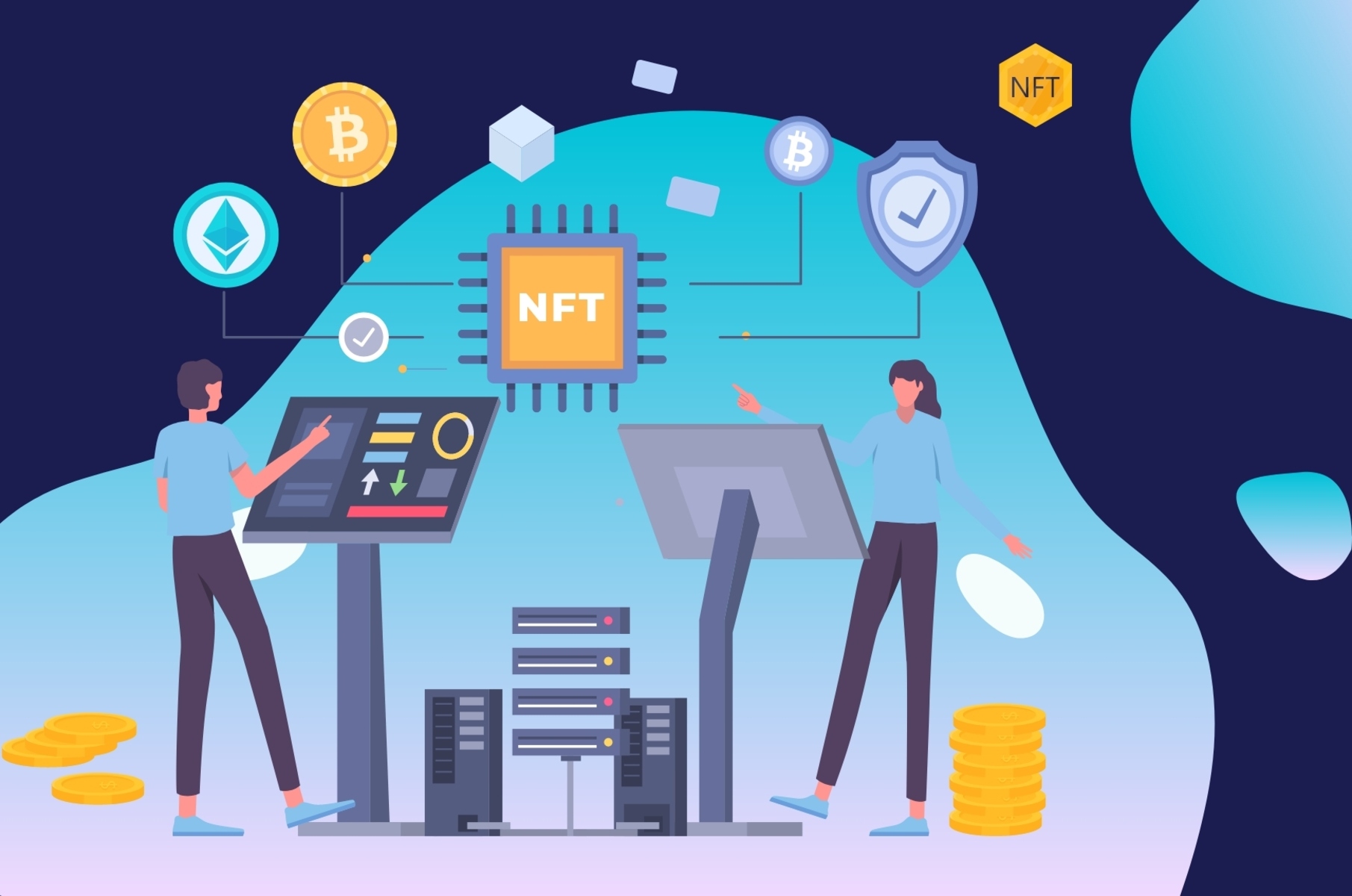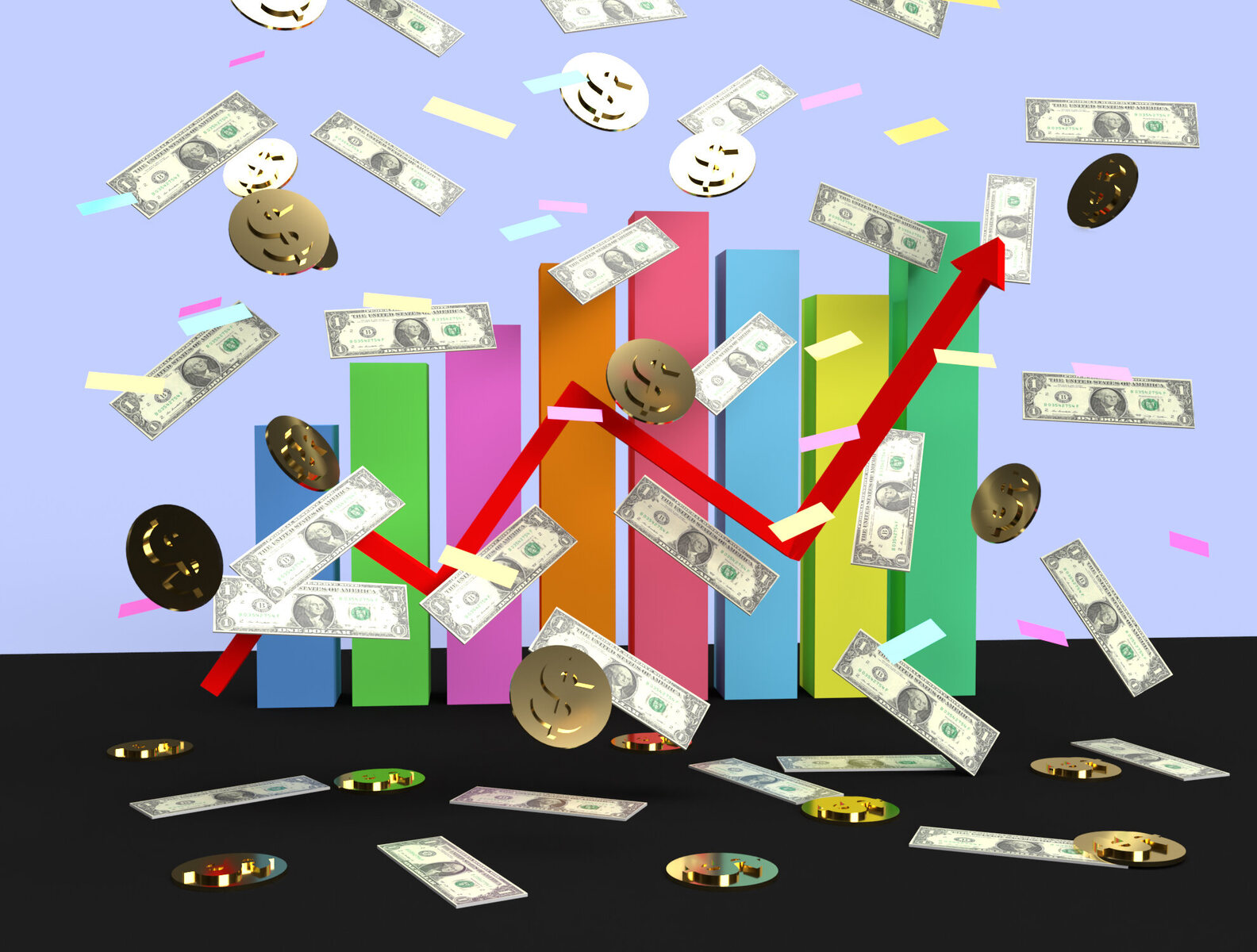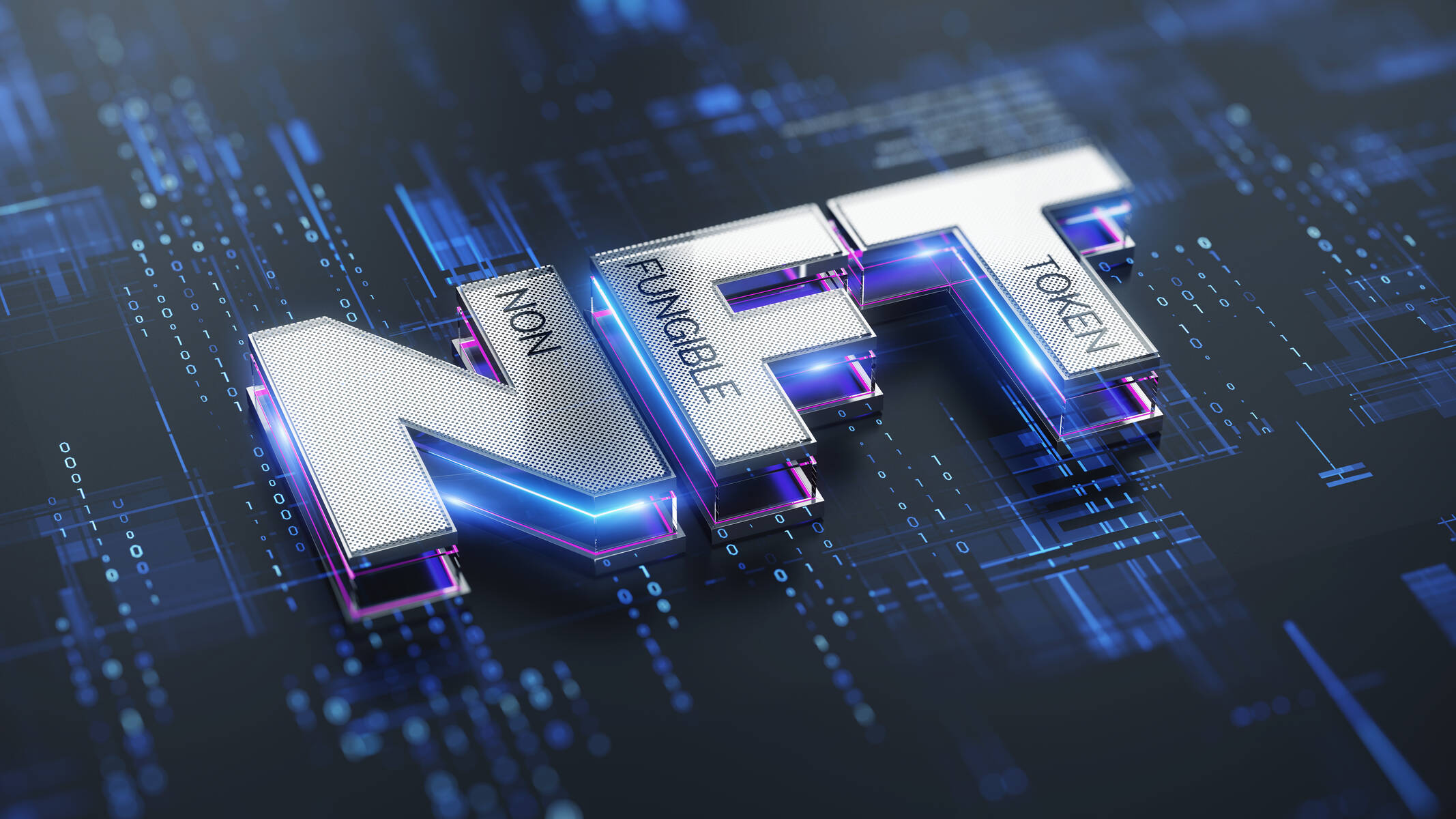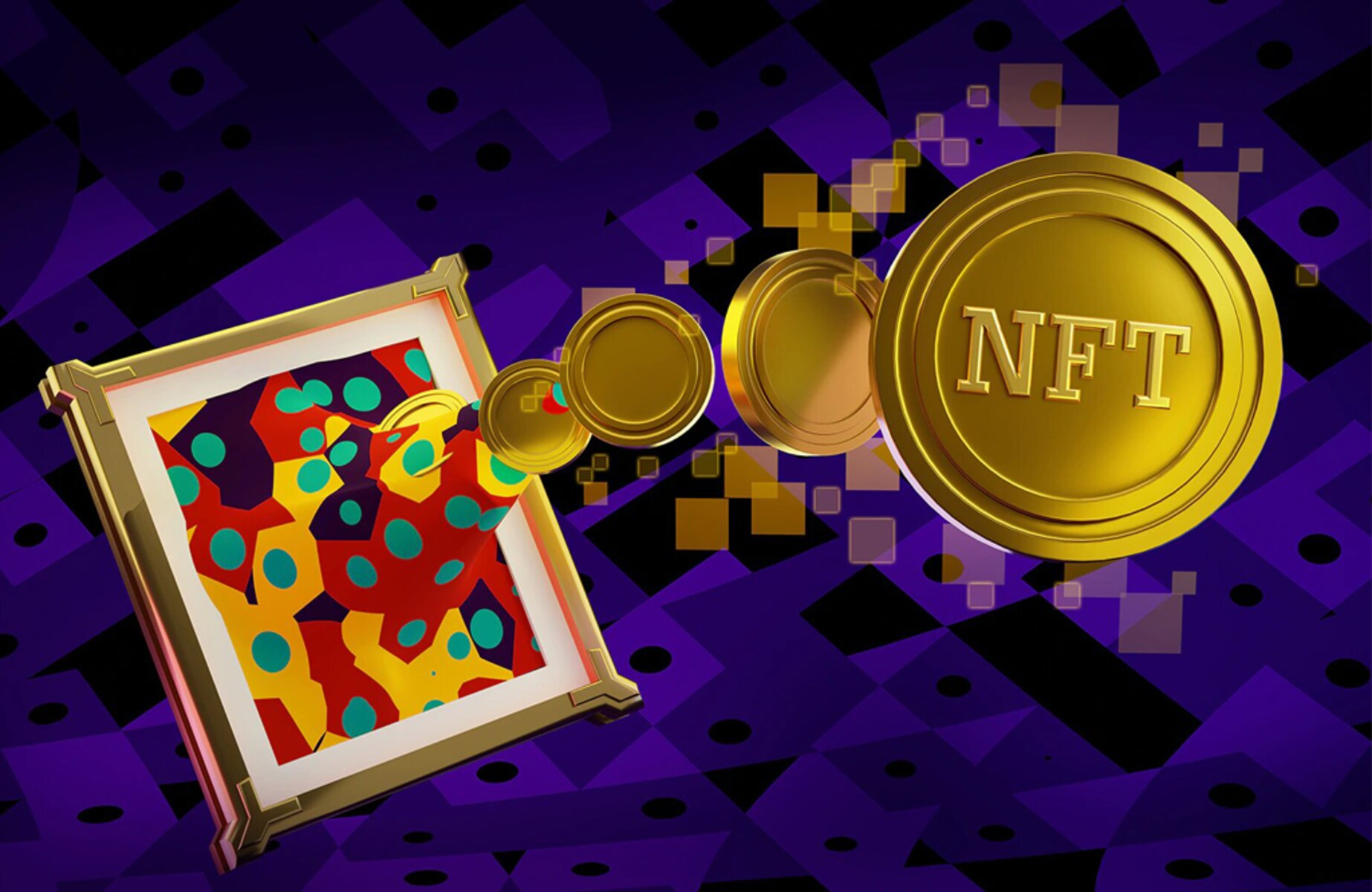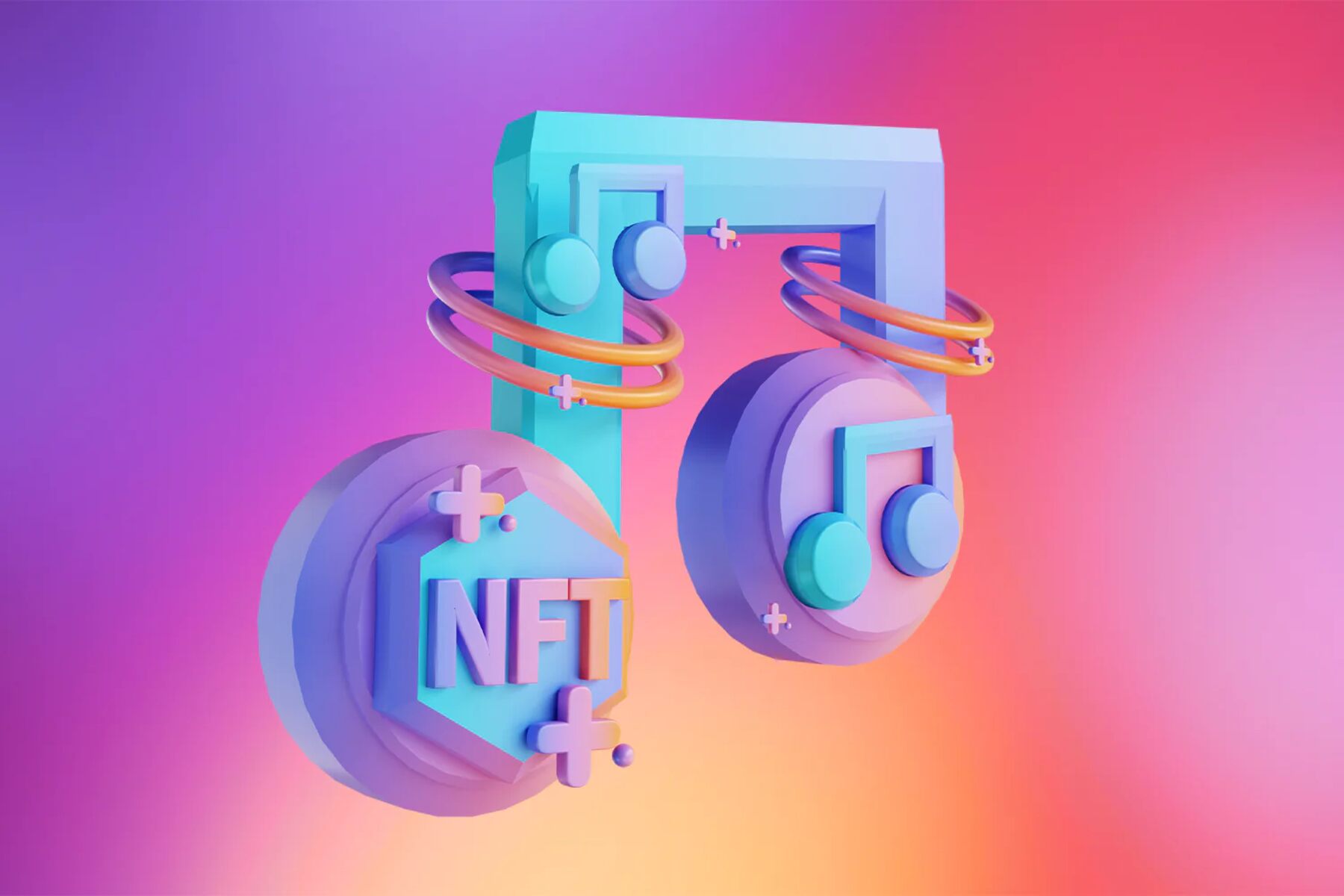What Is an NFT?
NFT stands for Non-Fungible Token, and it has been making waves in the digital world. But what exactly is an NFT? Simply put, an NFT is a unique digital asset that is stored on a blockchain, which is a decentralized and transparent digital ledger. Unlike cryptocurrencies like Bitcoin or Ethereum, which are fungible and can be exchanged on a one-to-one basis, NFTs are indivisible and cannot be swapped for an equal value.
One of the key features of an NFT is its ability to represent ownership and authenticity of a digital item. Whether it’s a piece of artwork, a video clip, a tweet, or even a virtual land in a game, an NFT provides a verifiable proof of ownership. This is achieved through the use of smart contracts, which are self-executing contracts with predefined rules that automatically verify and enforce the ownership rights of an NFT.
NFTs have gained significant attention and popularity in various industries, including art, entertainment, and gaming. Artists can now digitize and sell their artwork as NFTs, allowing them to reach a global audience and receive direct payments for their creations. Musicians can release limited edition albums or unique merchandise as NFTs, giving fans a chance to own rare and exclusive items. Even professional athletes and sports teams are getting in on the action by tokenizing collectibles and memorabilia.
The value of an NFT is determined by a combination of factors, including scarcity, desirability, and provenance. Scarcity refers to the limited supply of a particular NFT, making it more valuable. Desirability can vary based on factors such as the popularity and reputation of the creator or the uniqueness of the digital item. Provenance is the documented history of an NFT, including its creation, ownership transfers, and any associated royalties.
It’s important to note that NFTs can only represent ownership of the digital item they are associated with and do not grant copyright or intellectual property rights. The original creator of the digital item still retains those rights, and the NFT serves as a certificate of authenticity and ownership.
The concept of NFTs opens up exciting opportunities for creators, collectors, and investors alike. It allows for new revenue streams, promotes digital ownership, and introduces a new level of transparency and trust in the digital world. Whether you’re an artist looking to monetize your creations or a collector seeking unique digital assets, NFTs offer a dynamic and innovative way to engage with the digital economy.
How Does an NFT Work?
To understand how an NFT works, it’s important to delve into the underlying technology that powers it – blockchain. NFTs are built on blockchain networks, which are decentralized and immutable ledgers that record transactions across multiple computers. These networks provide a transparent and secure infrastructure for storing and verifying the ownership of digital assets.
When an NFT is created, it is assigned a unique identifier, or token ID, that distinguishes it from other assets on the blockchain. This token ID is stored as metadata, along with additional information about the asset, such as its name, description, and image. The metadata is crucial in establishing the authenticity and characteristics of the NFT.
NFTs are typically created using smart contracts, which are self-executing contracts with the terms of the agreement directly written into code. Smart contracts enable the automation of NFT creation, ownership transfers, and royalty distributions. They also define the rules and conditions under which the NFT can be bought, sold, or traded.
Once an NFT is created, it can be bought and sold on various NFT marketplaces. These marketplaces act as platforms where creators can list their NFTs for sale, and collectors can browse, purchase, and trade NFTs. The transactions in NFT marketplaces are facilitated by blockchain technology, ensuring transparency and security throughout the process.
When a person buys an NFT, they are essentially purchasing the ownership rights to that specific digital asset. The ownership information is recorded on the blockchain and can be publicly verified. The buyer will receive a unique digital token, which represents their ownership of the NFT and can be stored in a digital wallet.
NFTs also enable creators to earn ongoing royalties from the subsequent sales of their works. When a secondary sale occurs, the smart contract associated with the NFT automatically distributes a percentage of the sale to the original creator. This royalty feature ensures that artists can continue to benefit from the increasing value of their creations as they change hands in the marketplace.
It’s worth noting that NFTs are compatible with different blockchain networks, such as Ethereum, Binance Smart Chain, and Flow. However, each blockchain may have its own specific standards and requirements for creating and trading NFTs. As a result, it’s essential for participants in the NFT ecosystem to be familiar with the specific blockchain they are using to ensure seamless transactions.
Overall, NFTs offer a unique and innovative way to buy, sell, and collect digital assets, revolutionizing the concept of ownership in the digital age. By leveraging the power of blockchain technology and smart contracts, NFTs provide transparency, security, and verifiable ownership, unlocking new possibilities for both creators and collectors in a rapidly evolving digital landscape.
Key Concepts Surrounding NFTs
As NFTs continue to gain popularity, it’s important to familiarize ourselves with some key concepts that surround this emerging technology. These concepts provide insight into the unique characteristics and value proposition of NFTs within the digital landscape.
1. Ownership and Authenticity: One of the fundamental concepts of NFTs is the ability to establish ownership and authenticity of digital assets. Through the use of blockchain technology, NFTs offer a decentralized and transparent way to prove ownership of a specific digital item. This provides creators and collectors with a unique and verifiable certificate of authenticity.
2. Indivisibility and Uniqueness: NFTs are indivisible and cannot be exchanged on a one-to-one basis like cryptocurrencies. Each NFT is unique and cannot be replicated or divided into smaller units. This uniqueness is a key factor in determining the value and desirability of an NFT in the marketplace.
3. Scarcity and Demand: Scarcity plays a significant role in the value of NFTs. Limited supply or exclusivity of a particular NFT can contribute to its desirability and increase its market value. Collectors are often drawn to rare and unique NFTs, which can drive up prices due to high demand and limited availability.
4. Digital Assets and Metadata: NFTs can represent a wide range of digital assets, including artwork, music, videos, virtual real estate, and even tweets. The metadata associated with an NFT provides additional information about the asset, such as its title, description, creator, and provenance. This metadata helps establish the context and value of the NFT.
5. Interoperability and Standards: NFTs are built on various blockchain networks, each with its own set of standards and protocols. For example, Ethereum’s ERC-721 and ERC-1155 are widely adopted standards for creating and trading NFTs. Interoperability allows NFTs to be moved or traded between different blockchain platforms, expanding their reach and utility.
6. Secondary Sales and Royalties: Unlike traditional art or collectibles markets, NFTs enable creators to earn ongoing royalties on secondary sales. When an NFT is resold, the smart contract associated with it automatically distributes a percentage of the sale back to the original creator. This provides artists with a way to benefit from the increasing value of their works over time.
7. Environmental Impact: The environmental impact of NFTs has been a topic of growing concern. Most NFTs are currently built on blockchain networks that consume a significant amount of energy. However, there is a growing interest in exploring more sustainable alternatives, such as utilizing blockchain networks with lower energy consumption or transitioning to proof-of-stake consensus mechanisms.
By understanding these key concepts, we can better navigate the world of NFTs and appreciate the unique opportunities and challenges they present. NFTs are reshaping the digital economy, offering new avenues for creativity, ownership, and economic value in the increasingly digitalized world we live in.
The Process of Creating an NFT
Creating an NFT involves several steps that culminate in the creation and ownership of a unique digital asset. While the specifics may vary depending on the blockchain platform used, the overall process generally follows a similar framework. Let’s explore the typical steps involved in creating an NFT.
1. Choosing a Blockchain: The first step in creating an NFT is selecting a suitable blockchain platform. Ethereum is currently the most popular choice, but other platforms like Binance Smart Chain and Flow are also gaining traction. The blockchain platform determines the standards and protocols for creating and trading NFTs.
2. Wallet Setup: To create and manage NFTs, you need a digital wallet that is compatible with the chosen blockchain. Wallets such as MetaMask, Trust Wallet, and MyEtherWallet are commonly used. These wallets allow you to interact with the blockchain, store your NFTs, and facilitate transactions.
3. Asset Creation: The next step is to create or digitize the digital asset you wish to turn into an NFT. This could be original artwork, a piece of music, a video, or any other digital item that holds value to you as a creator. Ensure that the asset is in a supported file format and complies with the platform’s guidelines.
4. Metadata and Description: Each NFT requires metadata that provides information about the asset. This metadata typically includes the name, description, image or video, and any additional details that help define and contextualize the NFT. Take the time to create a compelling and accurate description for potential buyers or collectors.
5. Minting the NFT: Minting refers to the process of creating the NFT on the chosen blockchain. This involves uploading the digital asset and its associated metadata to the blockchain. Minting can usually be achieved through a specific NFT minting platform or directly through the blockchain using a smart contract. Gas fees, which represent the transaction costs, may apply during the minting process.
6. Setting Attributes and Royalties: Some blockchain platforms allow you to set attributes or properties for your NFTs. These attributes can include traits, characteristics, or even interactive features associated with the NFT. Additionally, you can set royalty fees for yourself as the creator, specifying a percentage of each subsequent sale that you would like to receive.
7. Listing on NFT Marketplaces: Once your NFT is created, you can list it on various NFT marketplaces for potential buyers or collectors to discover and purchase. Popular NFT marketplaces include OpenSea, Rarible, and SuperRare. Each marketplace has its own set of requirements and fees for listing and selling NFTs.
It’s important to note that the process of creating an NFT may require some technical knowledge and understanding of blockchain technology. However, there are also user-friendly platforms and services that simplify the process, making it accessible to creators of all skill levels.
By following these steps, you can embark on the journey of creating and sharing your own NFTs, contributing to the ever-expanding digital art and collectibles ecosystem. As the NFT market continues to evolve, embracing this process opens up new opportunities for creators to showcase their work and establish unique digital ownership.
Understanding NFT Marketplaces
NFT marketplaces are online platforms where creators can list and sell their NFTs, and collectors can buy, discover, and trade these unique digital assets. These marketplaces have played a significant role in the growing popularity and adoption of NFTs by providing a centralized hub for the buying and selling of digital collectibles. Understanding how these marketplaces function is essential for both creators and collectors in the NFT ecosystem.
1. Variety of Platforms: There is a wide range of NFT marketplaces available, each with its own set of features, user interface, and community. Some popular marketplaces include OpenSea, Rarible, SuperRare, and NBA Top Shot. Each marketplace may cater to specific types of NFTs, such as art, music, or sports collectibles, so it’s important to choose the platform that aligns with your interests.
2. Listing and Discoverability: Creators can list their NFTs on these marketplaces by providing the necessary metadata, including images, descriptions, and pricing. Once listed, the NFT becomes discoverable by collectors who browse the marketplace. Marketplaces often offer various filters, search options, and categories to help collectors find NFTs that match their preferences.
3. Buying and Selling: NFT marketplaces facilitate the buying and selling of NFTs through secure and transparent transactions. Collectors can place bids or purchase NFTs at the listed price, and creators can either accept the bid or sell the NFT directly. Marketplaces typically handle the transaction process, including the transfer of funds and the transfer of ownership from the seller to the buyer.
4. Secondary Market: In addition to primary sales, NFT marketplaces often feature a secondary market, where collectors can resell NFTs that they own. This allows for dynamic trading and potential profit for collectors who purchase NFTs that increase in value over time. The secondary market provides liquidity and enables NFTs to change hands multiple times, often at varying prices.
5. Royalties and Revenue Sharing: Many NFT marketplaces support the automatic distribution of royalties to creators on secondary sales. When an NFT is sold in the secondary market, a percentage of the sale automatically goes to the original creator. This feature provides ongoing revenue for artists and incentivizes them to continue creating and releasing NFTs.
6. Community and Curation: NFT marketplaces foster vibrant communities of creators and collectors. They often include social features such as commenting, following, and engaging with other participants. Additionally, some marketplaces employ curation systems to showcase high-quality and notable NFTs. Curators play a role in selecting NFTs to feature, giving increased exposure to selected creators and facilitating discovery for collectors.
7. Platform Fees and Gas Costs: NFT marketplaces usually charge fees for listing and selling NFTs. These fees vary between platforms and can be a percentage of the sale or a fixed amount. Additionally, transactions on blockchain networks often incur gas fees, which represent the cost of computational resources required to process and record the transaction. Gas fees can fluctuate based on network congestion and the complexity of the transaction.
Understanding the dynamics and features of NFT marketplaces is essential for both creators and collectors looking to participate in the world of NFTs. These marketplaces provide a centralized platform for showcasing and trading unique digital assets, creating vibrant communities, and driving the growth of the NFT ecosystem. By leveraging the opportunities offered by these marketplaces, participants can engage with NFTs in a seamless and secure manner.
Benefits and Challenges of NFTs
NFTs have garnered significant attention in the digital world due to their unique characteristics and potential implications. Like any emerging technology, NFTs come with both benefits and challenges. Understanding these advantages and drawbacks is crucial for anyone looking to participate in the NFT ecosystem.
Benefits:
1. Digital Ownership: NFTs offer a new paradigm of digital ownership, allowing individuals to prove and transfer ownership of unique digital assets. This has immense potential in various industries, including art, music, gaming, and virtual real estate.
2. Empowering Creators: NFTs enable creators to monetize their digital works directly and receive royalties on subsequent sales. This provides new revenue streams and a more equitable distribution of profits in comparison to traditional models.
3. Global Reach: NFTs can be accessed and traded on a global scale, breaking down geographical barriers and expanding the audience for creators. This allows for increased exposure and the possibility of building a global fan base.
4. Scarcity and Value: The concept of scarcity in NFTs adds value to digital assets. Limited edition or unique NFTs tend to attract collectors and may appreciate in value over time, providing opportunities for potential financial gains.
Challenges:
1. Environmental Impact: The energy consumption of blockchain networks supporting NFTs has raised concerns about the environmental impact. Many blockchain platforms currently rely on energy-intensive mining operations, leading to carbon emissions.
2. Market Volatility and Speculation: The NFT market has experienced significant volatility and speculation, with some artists and collectors benefiting from high-value sales, while others struggle to gain traction. The market is evolving rapidly, and prices can be influenced by trends and hype.
3. Lack of Regulation and Risks: The NFT market is still largely unregulated, which presents risks such as scams, copyright infringement issues, and potential disputes over ownership or authenticity. Participants need to be vigilant and conduct due diligence when engaging in NFT transactions.
4. Accessibility and Inclusivity: While NFTs offer opportunities, there are concerns about accessibility and inclusivity. High transaction fees, gas costs, and technical barriers can hinder participation for individuals with limited resources or technical expertise.
While NFTs hold significant promise for creators and collectors, it is important to weigh the benefits against the challenges they present. As the market evolves and matures, addressing these challenges will be crucial in establishing a more sustainable and inclusive NFT ecosystem. By staying informed and mindful of the potential risks, participants can navigate the NFT landscape with greater confidence and make informed decisions.
The Future of NFTs
The rise of NFTs has been met with both excitement and skepticism, but it’s clear that they have made a significant impact on the digital world. As we look towards the future, several trends and possibilities emerge, shaping the potential trajectory of NFTs and their place in various industries.
1. Continued Integration: NFTs are likely to become increasingly integrated into our daily lives. From art and entertainment to identity and virtual assets in gaming, NFTs offer unique opportunities for creators and consumers alike. We can expect to see more industries embracing NFT technology and exploring new ways to leverage its potential.
2. Enhancing Digital Ownership: As the concept of digital ownership gains more mainstream recognition, NFTs will continue to push the boundaries of what it means to own and collect digital assets. The transparency and traceability provided by blockchain technology will play a crucial role in establishing trust and authenticity.
3. Expansion into Physical Assets: While NFTs are primarily associated with digital assets, there is growing interest in tokenizing physical assets as well. This could include ownership rights to real estate, rare physical collectibles, or even fractional ownership of high-value items. The combination of NFTs and blockchain technology has the potential to revolutionize traditional ownership models.
4. Sustainability and Green Initiatives: As concerns about the environmental impact of blockchain technology emerge, there is a growing focus on developing more sustainable alternatives. This includes exploring energy-efficient blockchain networks and transitioning from proof-of-work to proof-of-stake consensus mechanisms. Embracing sustainable practices will be crucial for the long-term viability of NFTs.
5. Enhanced Interoperability: As the NFT market matures, there will be a push towards interoperability between different blockchain networks. This will enable seamless transfer of NFTs across platforms, enhancing liquidity and expanding the potential market for creators and collectors.
6. Verified Authenticity and Provenance: Establishing trust and authenticity will become increasingly important in the NFT space. We can expect to see advancements in technologies that verify the authenticity of digital assets and provide comprehensive provenance records. This will help address concerns regarding copyright infringement and ensure a transparent marketplace.
7. Mainstream Adoption: While NFTs have gained significant attention, we are still in the early stages of their adoption. Continued education, improved user experiences, and broader accessibility will contribute to their increased acceptance and mainstream adoption across industries and demographics.
The future of NFTs is undoubtedly promising, but challenges remain. Addressing issues such as environmental impact, market volatility, and regulatory frameworks will be essential for sustainable growth. Striking a balance between innovation and responsible practices will pave the way for a future where NFTs play a substantial role in our digital economy and creative landscape.







